|
Roy Halston Frowick revolutionized women's wear, but his greatest invention was himself: "Halston is really a self-creation" Frédéric Tcheng's last documentary, Dior and I, centered on the insular world of Paris fashion and the venerable House of Dior. But his attention shifts to the other side of the Atlantic for his latest film, on the late American designer known simply as Halston. Halston, now playing in Los Angeles (Nuart Theatre) after opening in New York last week, explores a man who took American fashion in innovative new directions, putting it on par with the grand European traditions. "The thing that holds my interest always is MORE--what’s next, what’s going to be the next exciting thing," Halston once said. "I don’t quite know where I got my ambition but I have it." Halston...designed clothes that had no structure, that didn't go with the idea of couture, sort of corseted fashion. And that was the breakthrough. Roy Halston Frowick (1932-1990) was born far from the epicenter of fashion, in Des Moines, Iowa. He spent part of his youth in Indiana, worked for a time in Chicago, then migrated to New York, becoming a hat maker at the tony department store Bergdorf Goodman. Word of his millinery skill quickly spread (this was a time where most women and men wore hats in public) and when it came time for the inauguration of President John F. Kennedy, Halston was tapped to design a chapeau for the incoming First Lady, Jackie Kennedy. He created an unforgettable pillbox design. "It completely launched his career. He became like a household name, basically," Tcheng tells Nonfictionfilm.com. "She was such a style icon and famous for this big hairdo so he decided to put a hat like on the back of the head." As the 1960s progressed he left Bergdorf to launch his own company designing women's wear. "That was a very actually powerful transition...Hat making is all about creating this very rigid structure and putting fabric on it," Tcheng observes. "Halston did a complete 180 and designed clothes that had no structure, that didn't go with the idea of couture, sort of corseted fashion. And that was the breakthrough and the complete shift of paradigm that I think he doesn't get enough credit for." The secret to the easy elegance of Halston's designs was cutting the fabric on the bias, allowing it to drape on a woman's body in a carefree style. "Before I went into filmmaking I studied engineering so it's fascinating for me to look at the design, the actual patterns and the diagrams of how the clothes were constructed," the director notes. "Models were telling us things like he would just cut pieces of fabric on the floor and then put it on them and then it was a dress. I was like, 'How is that possible?'" Celebrity clients flocked to him, including Elizabeth Taylor, Lauren Bacall, a young Anjelica Huston, Bianca Jagger and Liza Minnelli (the latter two women would become great Halston pals). Any trace of his Midwestern upbringing was long gone by that time. Halston became a fixture of the smart set--slender and regal, with an accent reminiscent of Cary Grant. "Halston is really a self-creation, he's like a self-invention," notes Tcheng. "He inspired a whole range of people from like Lady Gaga to Madonna to invent themselves, come to New York and become someone else...He was not exactly a snob, but he had this very powerful idea of who he wanted to be and what he wanted to do in life and he just made it happen." related: |
AuthorMatthew Carey is a documentary filmmaker and journalist. His work has appeared on Deadline.com, CNN, CNN.com, TheWrap.com, NBCNews.com and in Documentary magazine. |
- Home
- News
- Videos
-
Galleries
- 2019 Tribeca Film Festival
- Full Frame Documentary Film Festival
- 2019 SXSW Film Festival
- SXSW 2018 Gallery
- 2019 Sundance Film Festival
- Outfest 2018 Photo Gallery
- Outfest 2017
- Sundance 2018 Photos
- 2017 LA Film Festival
- 2017 Cannes Film Festival
- Tribeca Film Festival 2017
- SXSW 2017 Gallery
- 2017 Berlin Film Festival
- Sundance 2017 Gallery
- 2016 Los Angeles Film Festival
- Cannes Film Festival 2016
- SXSW 2016 Gallery
- Berlinale 2016 Gallery
- Sundance 2016 Gallery
- Filmmaker Gallery
- About
- Contact
Proudly powered by Weebly
- Home
- News
- Videos
-
Galleries
- 2019 Tribeca Film Festival
- Full Frame Documentary Film Festival
- 2019 SXSW Film Festival
- SXSW 2018 Gallery
- 2019 Sundance Film Festival
- Outfest 2018 Photo Gallery
- Outfest 2017
- Sundance 2018 Photos
- 2017 LA Film Festival
- 2017 Cannes Film Festival
- Tribeca Film Festival 2017
- SXSW 2017 Gallery
- 2017 Berlin Film Festival
- Sundance 2017 Gallery
- 2016 Los Angeles Film Festival
- Cannes Film Festival 2016
- SXSW 2016 Gallery
- Berlinale 2016 Gallery
- Sundance 2016 Gallery
- Filmmaker Gallery
- About
- Contact

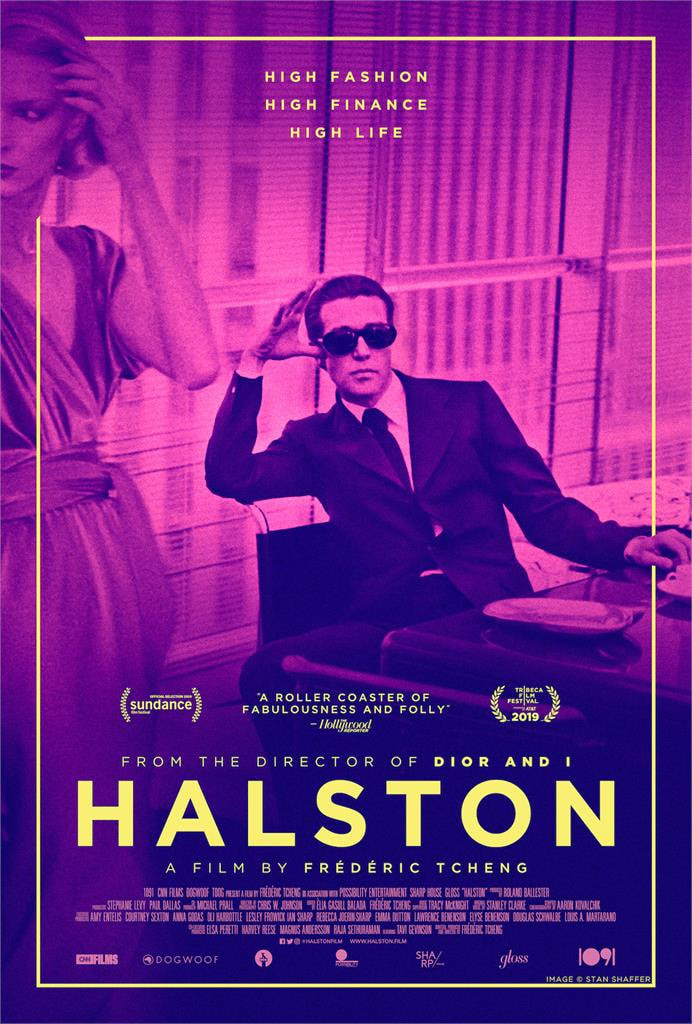

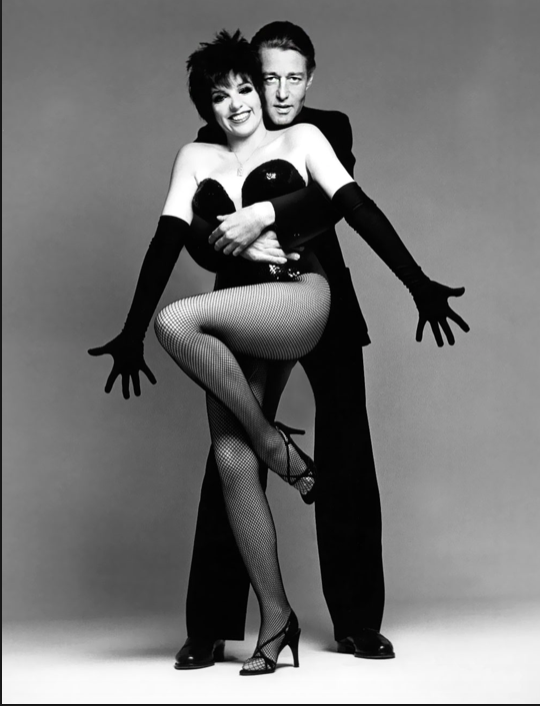
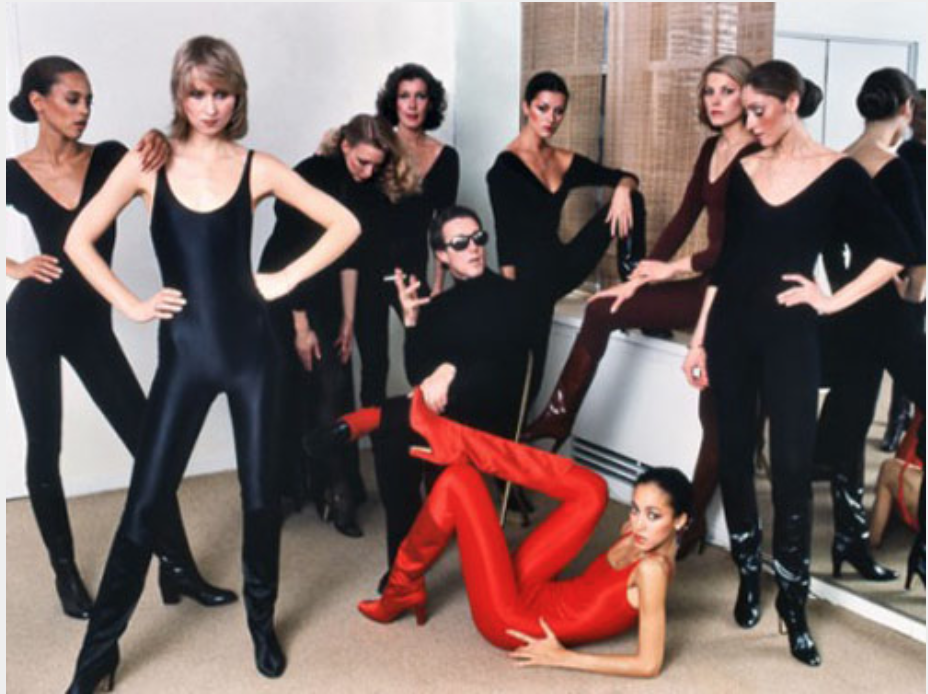
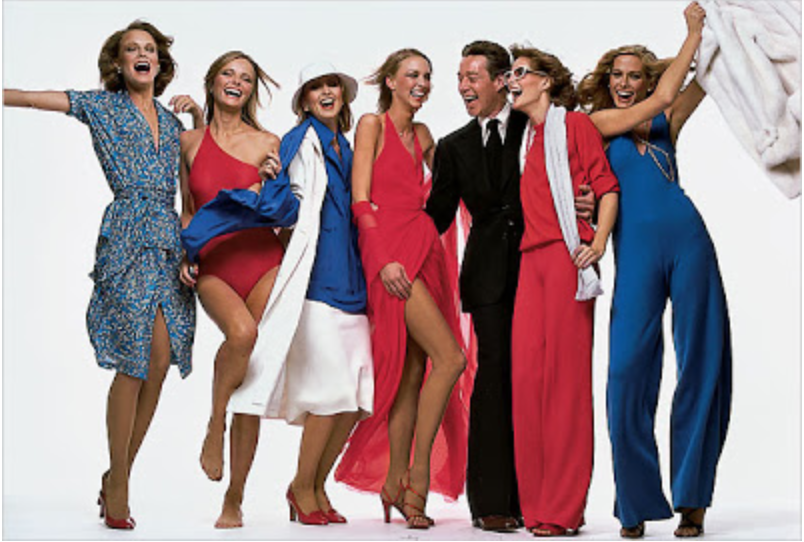
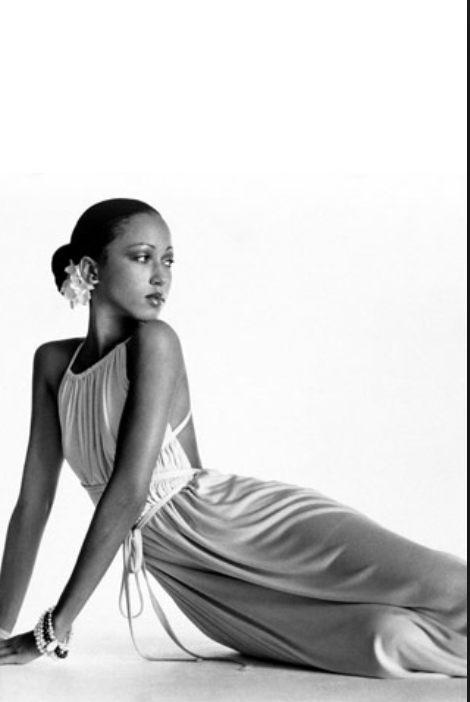
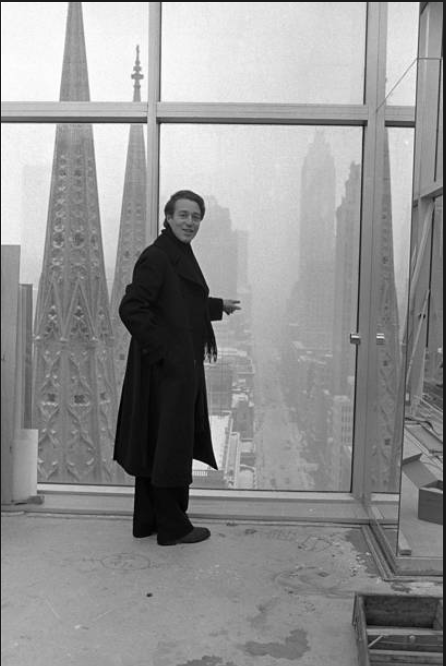
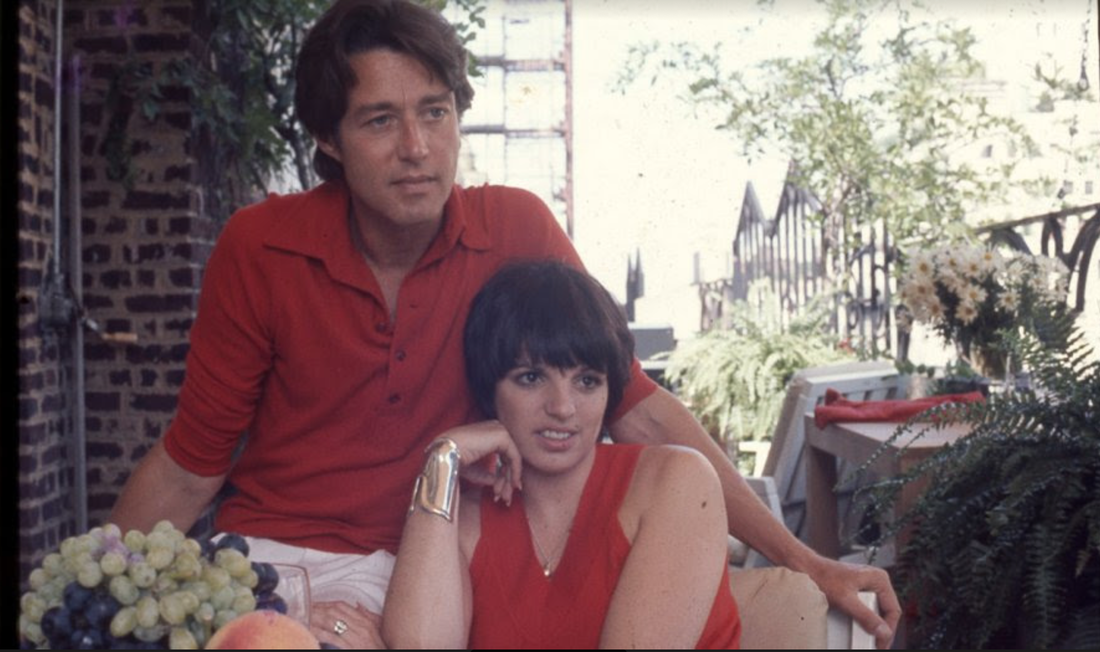
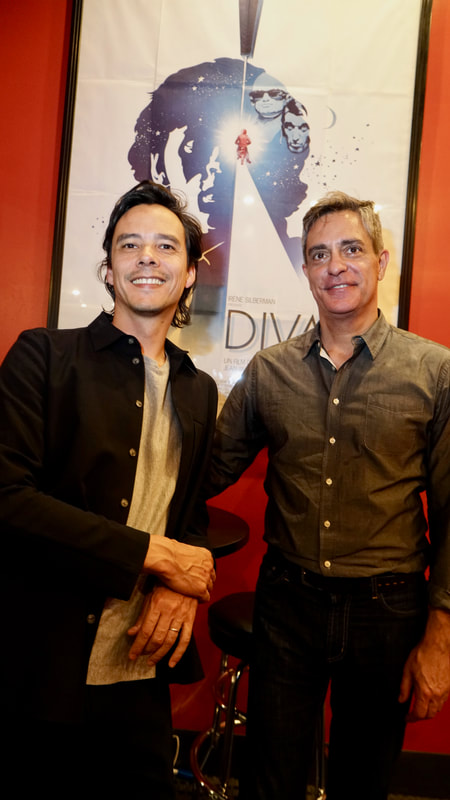
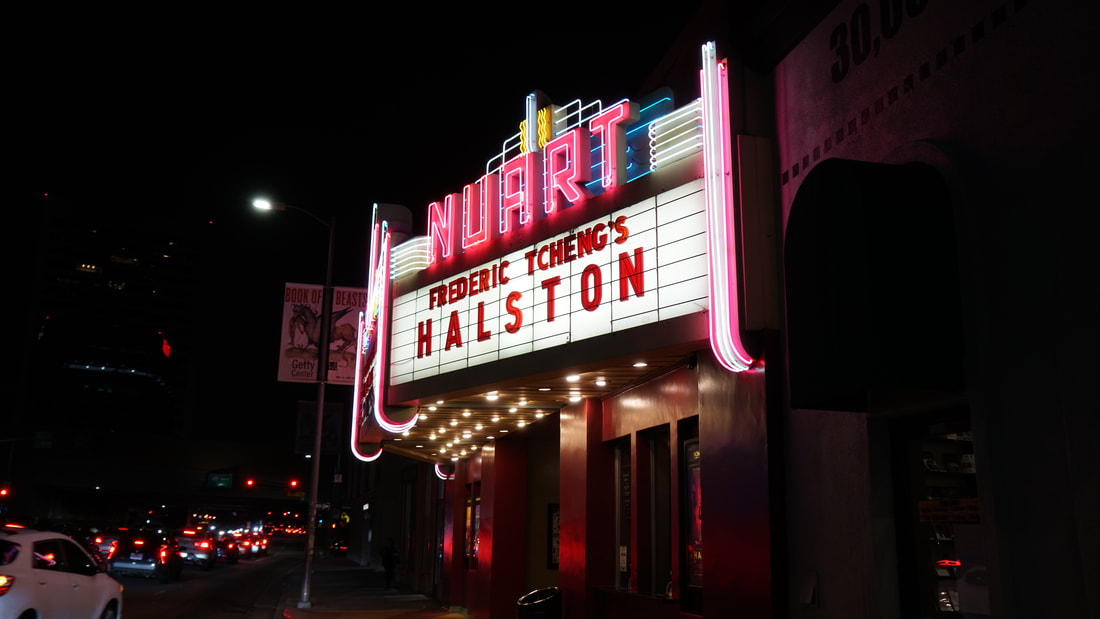
 RSS Feed
RSS Feed